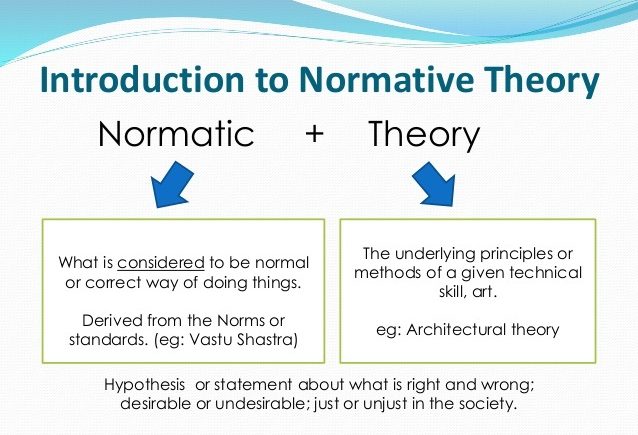OVERVIEW OF NORMATIVE THEORIES OF MASS COMMUNICATION During the era of yellow journalism, most media professionals cared very little for the niceties of accuracy, objectivity, and public sensitivities. But in the first decades of the twentieth century, a crusade began among some media industry people and various social elites to clean up the media and make them more respectable and credible. The watchword of this crusade was professionalism, and its goal was elimination of shoddy and irresponsible content. Some sort of theory was needed to guide this task of media reform. The goal of this theory would be to answer questions such as these: • Should media do something more than merely distribute whatever content will earn them the greatest profits in the shortest time? • Are there some essential public services that media should provide even if no immediate profits can be earned? • Should media become involved in […]
NORMATIVE THEORIES OF MASS MEDIA COMMUNICATION (Introduction)
NORMATIVE THEORIES OF MASS COMMUNICATION (Introduction) At around half past nine on the morning of April 16, 2007, a deranged young man gunned down two students in a dormitory at Virginia Tech University. He would later that day use his automatic weapons to kill thirty more people on that idyllic campus. Between the two attacks, however, the shooter took the time to mail a package to NBC News. Arriving at the broadcast network’s New York headquarters at eleven in the morning two days later, the parcel included a twentyfive- minute self-made videotape and forty-three photographs. Accompanying these visuals, all featuring the angry, gun- and knife-wielding murderer, was a twentythree- page manifesto. The network debated what to do with this material. By six o’clock that night, the regularly scheduled start of its evening national news program, NBC’s news professionals had made their decision. That night’s coverage of the rampage included two […]
